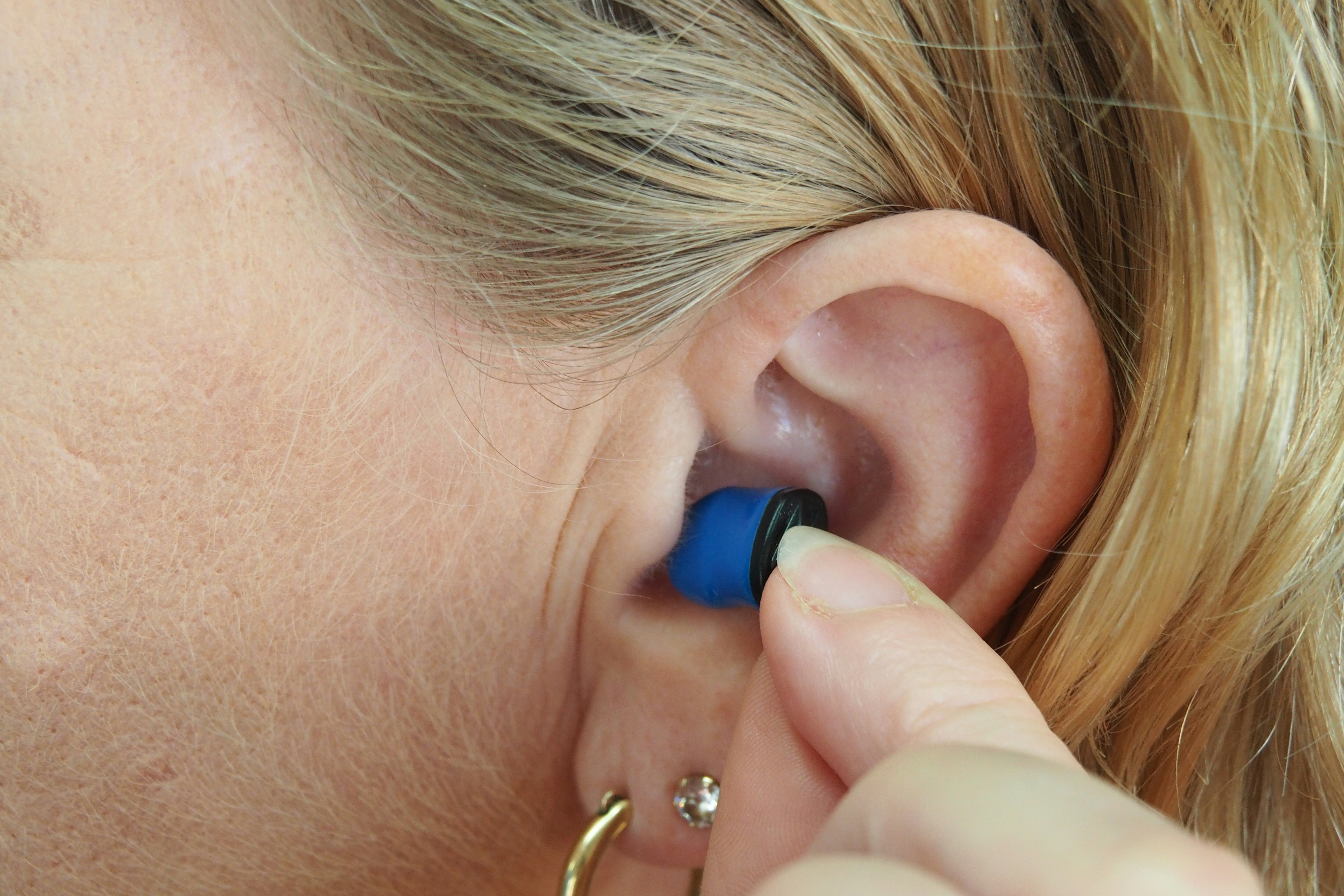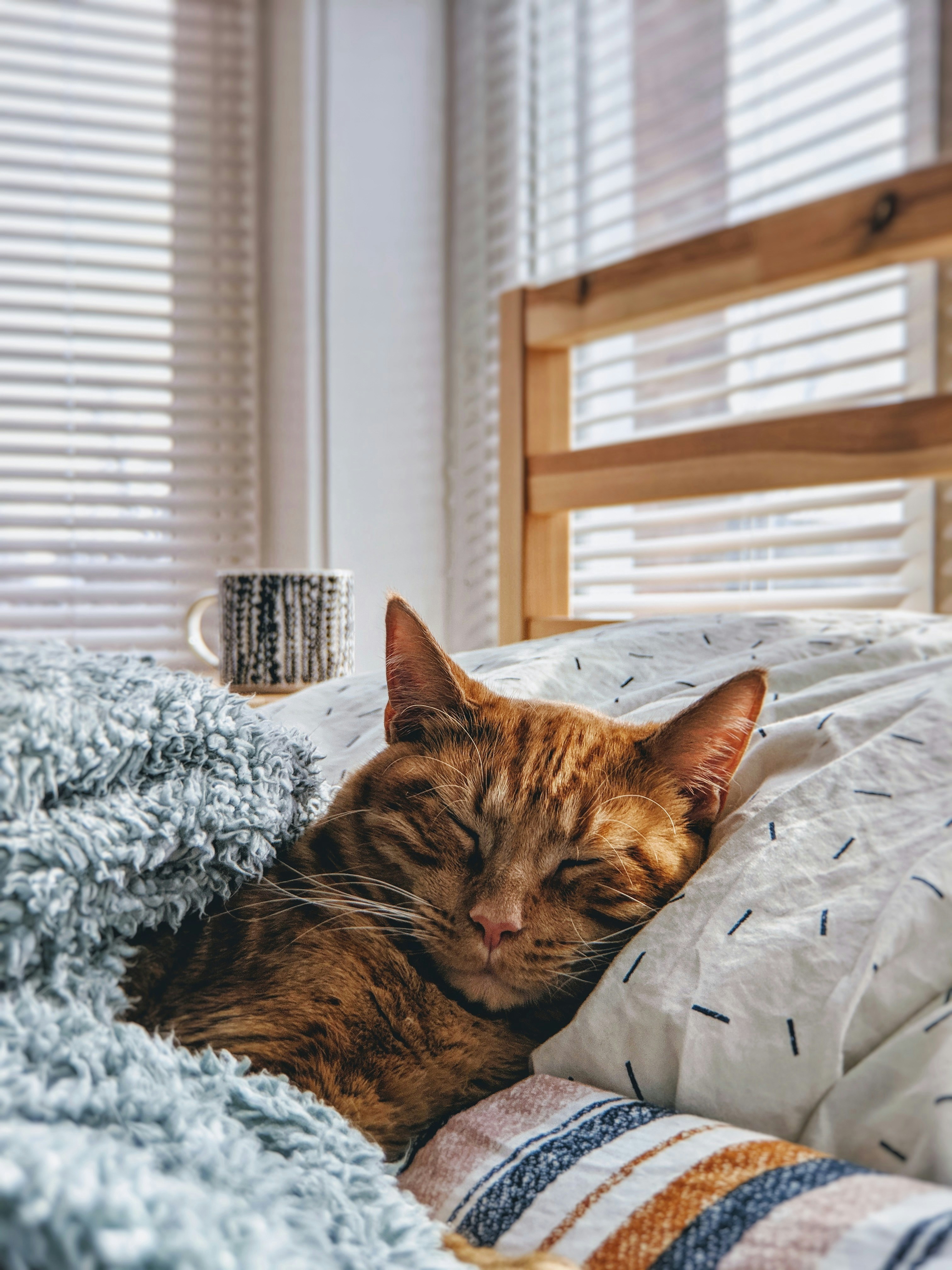Imagine the joy of seeing a fluffy feline friend perched on a windowsill, basking in the warmth of the sun. As you revel in the peaceful moment, you are filled with the urge to whistle a catchy tune. But wait, does whistling actually hurt cats’ ears? In this article, we will explore the delicate auditory senses of our beloved feline companions and uncover whether our melodic whistling may inadvertently cause harm.
1. How cats hear
1.1. The anatomy of a cat’s ear
When it comes to understanding how cats hear, it’s important to start with their fascinating anatomy. A cat’s ear is composed of three essential parts: the outer ear, the middle ear, and the inner ear. The outer ear, which includes the visible part known as the pinna, functions to collect and direct sound waves into the ear canal.
The sound waves then travel through the ear canal to reach the middle ear, where they encounter the eardrum or tympanic membrane. The eardrum starts to vibrate, converting the sound waves into mechanical energy that can be further processed by the cat’s auditory system.
From the middle ear, the vibrations are transmitted through three tiny bones called the ossicles: the malleus, incus, and stapes. These bones amplify and transmit the sound vibrations to the cochlea in the inner ear, where they are transformed into electrical signals that can be interpreted by the brain.
1.2. The range of frequencies cats can hear
Cats have an exceptional ability to perceive a wide range of frequencies. While humans generally hear frequencies between 20 Hz and 20,000 Hz, cats have a much broader hearing range. They can hear sounds ranging from 55 Hz up to an impressive 79,000 Hz.
This extended range is primarily due to the advanced structure of their cochlea. Inside the cochlea, there are specialized hair cells that detect different frequencies of sound. The specific arrangement and distribution of these hair cells allow cats to perceive a broader spectrum of sounds than human ears can pick up.
2. The science behind whistling
2.1. How whistling works
Whistling is a form of sound production created by controlled airflow passing through a small opening between the lips or teeth. It is essentially the manipulation of air and the shape of the mouth to create specific frequencies and tones. The precise positioning of the tongue, teeth, and lips determines the pitch and volume of the whistle.
When you whistle, the air passes through the small opening and causes the surrounding air molecules to vibrate. These vibrations create sound waves that propagate through the air and reach the ears of others.
2.2. The frequency range of whistling
The frequency range of whistling varies depending on the individual whistler and their technique. Typically, human whistling produces sounds within the range of 1,000 Hz to 4,000 Hz. This falls within the mid to high-frequency range, which is well within the hearing capabilities of both humans and cats.
However, it’s important to note that whistling can also encompass high-pitched notes that reach beyond the usual human range. Some people with exceptional whistling skills can produce frequencies above 8,000 Hz, which may be perceivable by cats due to their expanded hearing range.
3. The impact of sounds on cats
3.1. Sensitivity to loud noises
Cats are known for their acute sensitivity to sounds, including loud noises. Due to their highly evolved hearing abilities, they can perceive and process sounds with much greater precision and detail than humans.
Loud noises, such as fireworks or thunderstorms, can be distressing for many cats. The sudden and intense sounds may startle them, causing fear, anxiety, and even physical manifestations of stress. It’s crucial for cat owners to provide a calm and secure environment during times of potentially noisy events to alleviate any negative impact on their feline companions.
3.2. Reactions to high-pitched sounds
In addition to their sensitivity to loud noises, cats also have a heightened response to high-pitched sounds. Their ability to detect frequencies beyond the human range allows them to perceive sounds that may seem inaudible to us.
High-pitched sounds can evoke different reactions in cats, ranging from curiosity to annoyance or even fear. This sensitivity to high frequencies is thought to be linked to their hunting instincts, as many small prey animals produce high-pitched vocalizations that cats need to identify and locate.
4. Are cats bothered by whistling?
4.1. Studies on cats’ response to whistling
While research specifically addressing cats’ response to whistling is limited, studies on feline auditory perception provide some insights. It has been suggested that cats can indeed hear and respond to whistling. However, individual cats may have varying reactions and preferences.
One study published in the Journal of Comparative Psychology showed that cats could differentiate between different melodies, including whistling sounds. The cats demonstrated a level of attentiveness and response to the melodic tones, indicating that whistling can capture their attention.
4.2. Individual cat preferences
As with any sound, individual cats may have different preferences or sensitivities to whistling sounds. Some cats may pay no particular attention to whistling, while others may display interest or even become agitated by certain pitches or volumes.
It’s essential for cat owners to observe their feline companions’ reactions when whistling and adjust their behavior accordingly. An empathetic approach involves respecting and accommodating individual preferences, as this can contribute to a harmonious and stress-free environment for both the cat and the owner.
5. Whistling as a potential discomfort
5.1. Possible reasons cats might find whistling uncomfortable
While cats’ reactions to whistling can vary, there are a few possible reasons why some cats may find it uncomfortable or bothersome:
- Volume: Louder whistling may startle or overwhelm some cats, causing stress or anxiety.
- Pitch: High-pitched whistling sounds might be irritating or unpleasant to certain cats due to their heightened sensitivity to high frequencies.
- Associations: If a cat has had negative experiences associated with whistling, such as being scolded or startled by loud whistling in the past, it may develop a negative association with the sound.
It’s important to remember that individual cat preferences vary, and not all cats will be bothered by whistling. However, being mindful of these factors can help cat owners provide a more comfortable and stress-free environment for their feline companions.
5.2. Signs of distress in cats
Cats can display subtle indicators of distress or discomfort when exposed to sounds they find unpleasant. Some common signs of distress in cats include:
- Ears flattened: The cat’s ears may be positioned flat against the head, indicating anxiety or fear.
- Hiding or seeking refuge: Cats may seek shelter or hide in an attempt to escape from the source of the discomfort.
- Behavioral changes: Agitation, restlessness, or changes in appetite or litter box behavior can also be signs of distress.
If you notice any of these signs in your cat when whistling, it’s crucial to consider their well-being and adjust the environment accordingly.
6. Considerations for whistling around cats
6.1. Moderating the volume and pitch
To ensure a positive experience for your cat, moderating the volume and pitch of your whistling is advisable. Start by whistling softly and gradually increase the volume if your cat shows interest or appears unaffected. However, be cautious not to exceed a level that causes distress or discomfort.
Experimenting with different pitches can also help find a frequency that is more pleasing to your cat. By observing their reactions closely, you can gauge their comfort level and adjust your whistling technique accordingly.
6.2. Paying attention to individual cat reactions
Each cat is unique, and their reactions to whistling may differ. It is crucial to pay close attention to your cat’s behavior when whistling to understand their preferences and ensure their well-being.
If your cat displays signs of distress or discomfort, try reducing the frequency or ceasing whistling altogether. Conversely, if your cat seems interested or undisturbed by your whistling, you may continue engaging in this activity while being mindful of their comfort.
7. Alternatives to whistling
7.1. Other sounds cats might prefer
If you suspect that your cat is bothered by whistling, exploring alternative sounds may be a good option to engage with them without causing discomfort. Cats respond to various auditory stimuli, and finding sounds that captivate their attention or put them at ease can be an enriching experience. Some cats enjoy soft chimes, gentle nature sounds, or even calming music designed specifically for feline relaxation.
7.2. Ways to engage with cats without whistling
Engaging with your cat doesn’t have to solely depend on whistling. There are numerous other activities and forms of interaction that can strengthen the bond between you and your feline companion. Play sessions with interactive toys, providing stimulating scratching posts or puzzle feeders, and engaging in gentle petting or grooming can all contribute to a fulfilling and enjoyable experience for your cat.
8. Tips for cat owners
8.1. Observing your cat’s behavior
Being attuned to your cat’s behavior and responses to various stimuli is crucial in understanding their preferences and ensuring their well-being. Observe your cat closely when introducing new sounds or engaging in activities such as whistling. Note any signs of distress, anxiety, or discomfort and adjust accordingly.
8.2. Creating a cat-friendly environment
Creating a cat-friendly environment involves providing a safe, comfortable, and stimulating space for your feline companion. Minimize exposure to loud or distressing noises, offer hiding spots or cozy areas, and enrich their environment with appropriate toys, scratching posts, and vertical spaces. A calm and secure environment can promote overall well-being and happiness for your cat.

9. Conclusion
In conclusion, cats possess remarkable hearing abilities that allow them to perceive a broad range of frequencies, including those produced by whistling. While individual reactions to whistling may vary, it is important for cat owners to be aware of their cat’s preferences and sensitivities. By moderating volume and pitch, paying attention to their reactions, and exploring alternative sounds or engagement methods, cat owners can create a harmonious and enjoyable environment for their feline companions. Ultimately, an empathic approach to whistling and other auditory interactions can strengthen the bond between humans and their beloved cats.




